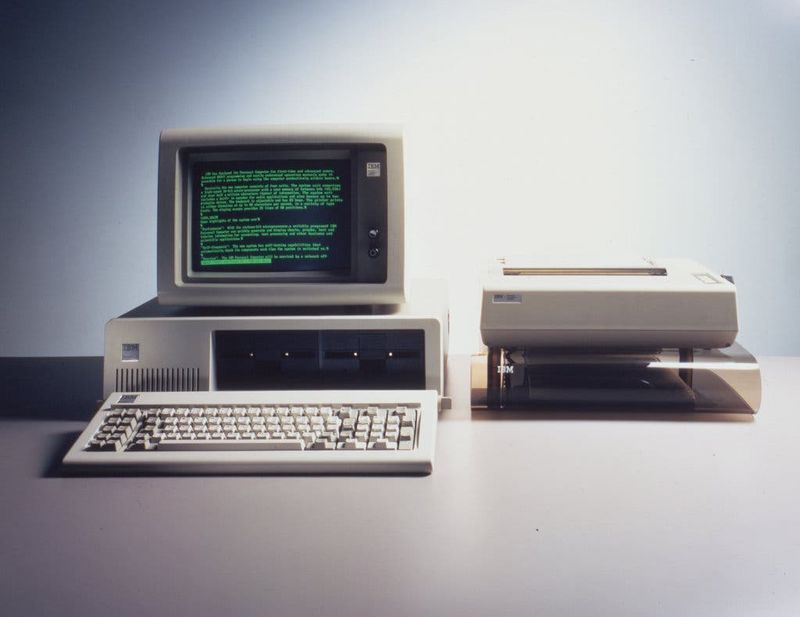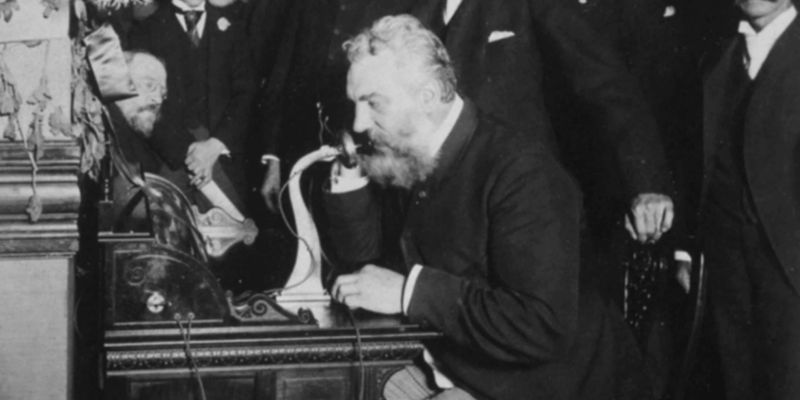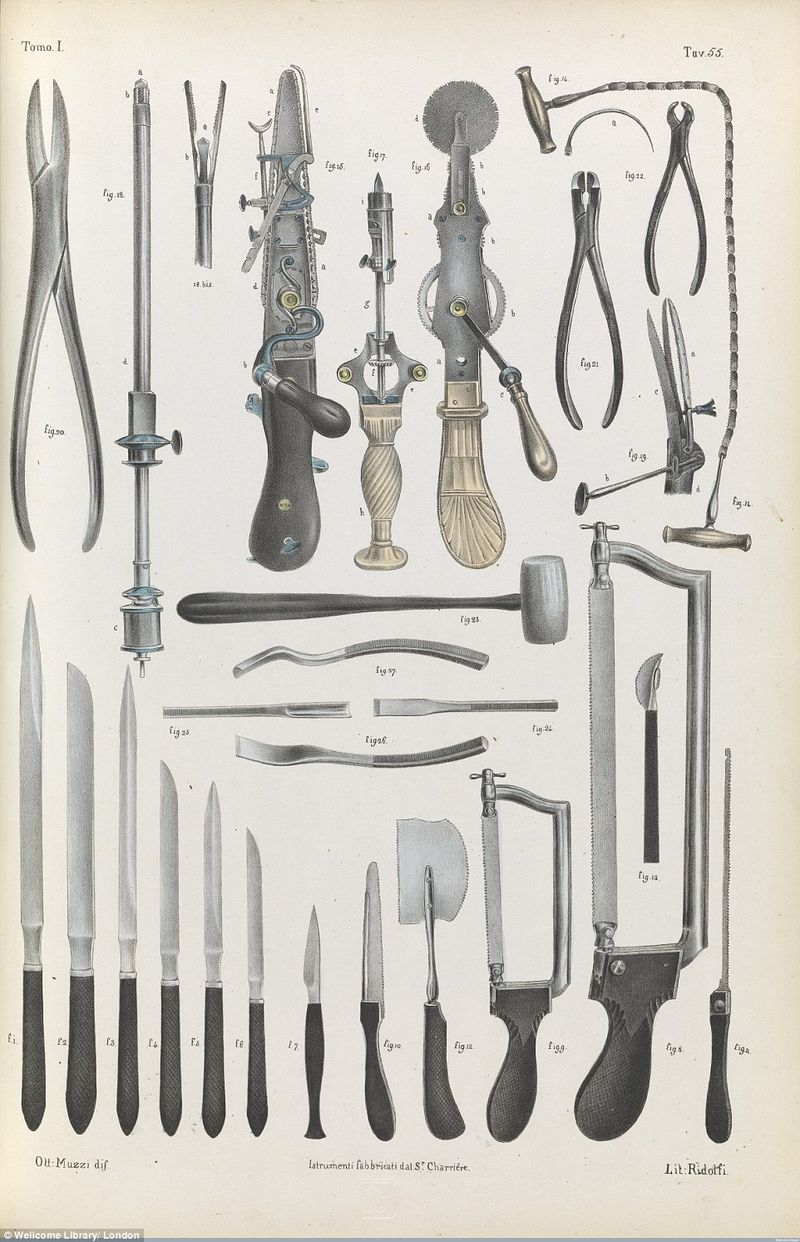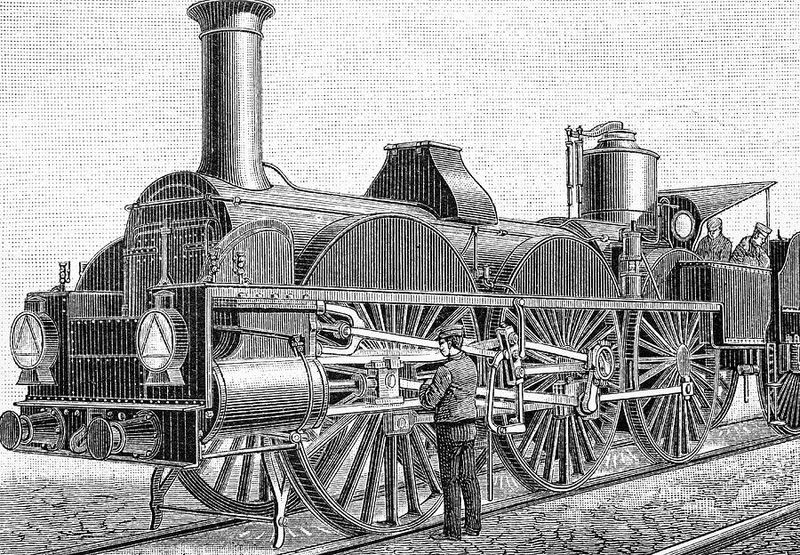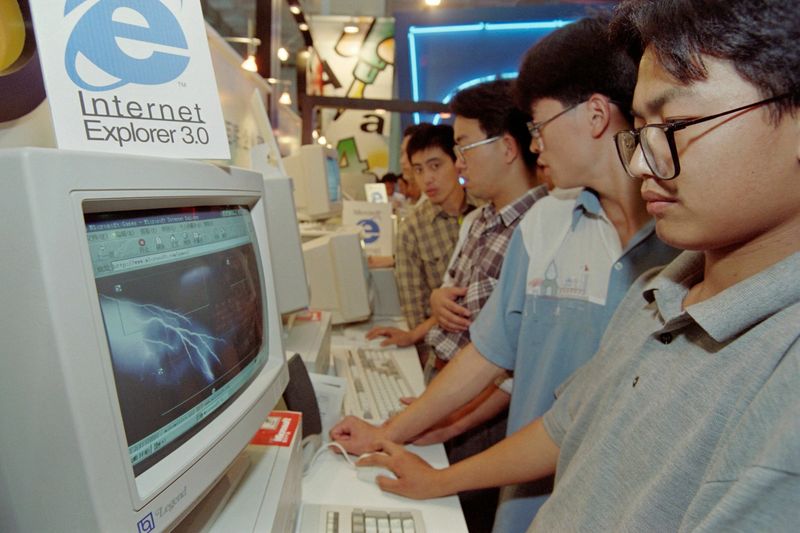Throughout history, even the most brilliant minds have faltered in their predictions. The very nature of science is to constantly question and redefine what we know. Yet, some statements made by esteemed scientists and experts have spectacularly missed the mark. Here, we explore ten such predictions that, with the benefit of hindsight, seem utterly misguided. These examples remind us of the importance of keeping an open mind as we continue to push the boundaries of knowledge.
1. Heavier-than-air flying machines are impossible.
In 1895, Lord Kelvin, a respected physicist, declared heavier-than-air flying machines impossible. This seemed plausible in an era where airships ruled the skies. Eight years later, the Wright brothers soared over the sands of Kitty Hawk, defying gravity and Kelvin’s skepticism. Today, commercial aviation connects continents, with thousands of flights daily, unimaginable in Kelvin’s time. His prediction serves as a reminder of the transformative power of human ingenuity and our ever-evolving understanding of physics and engineering. It underscores that visions of the future often outpace the limitations perceived by contemporary science.
2. There is no reason anyone would want a computer in their home.
In 1977, Ken Olsen, founder of Digital Equipment Corp, famously claimed that people had no use for home computers. His perspective reflected a time when computers filled entire rooms and were exclusive to companies. The subsequent personal computing revolution proved him wrong, forever changing how we live and work. Today, personal computers, tablets, and smartphones are ubiquitous, enabling everything from remote work to video calls. Olsen’s misjudgment highlights how quickly technology can evolve and become an integral part of daily life, sometimes in ways even visionaries fail to predict.
3. X-rays will prove to be a hoax.
Lord Kelvin, known for his brilliant contributions to science, once dismissed X-rays as a hoax. Despite his skepticism, X-rays began to illuminate the unseen, revolutionizing medical diagnosis and treatment. Doctors could now peer inside the human body without invasive surgery. This breakthrough paved the way for modern imaging technologies like CT scans and MRIs. Kelvin’s misstep serves as a cautionary tale about dismissing new discoveries prematurely, especially those that challenge existing paradigms. It underscores the potential of seemingly improbable scientific advancements to alter the course of human health and medicine.
4. The telephone has too many shortcomings to be seriously considered as a means of communication.
In 1876, a Western Union internal memo dismissed the telephone’s potential, viewing it as impractical compared to the telegraph. Their skepticism underestimated the transformative effect telephones would have on communication. Telephones bypassed limitations of earlier technologies, enabling real-time, voice conversations over long distances. This innovation laid the groundwork for global communication networks, evolving into mobile phones and the internet. The memo’s dismissal illustrates how entrenched industries can resist disruptive technologies, often to their detriment. It emphasizes the importance of adaptability in the face of technological advancements.
5. Space travel is utter bilge.
In 1956, British astronomer Sir Richard Woolley dismissed space travel as absurd. Just a year later, the Soviet Union launched Sputnik, igniting the space race. By 1969, humans set foot on the moon. Woolley’s skepticism seemed reasonable in a pre-spaceflight world, yet the rapid advancements that followed showcased humanity’s ability to achieve the seemingly impossible. Today, space travel is a reality, with discussions about colonizing other planets. Woolley’s prediction reminds us that boundaries of science and exploration are often only limited by our imagination and determination.
6. The abdomen, the chest, and the brain will forever be shut from the intrusion of the wise and humane surgeon.
In 1873, Sir John Ericksen proclaimed certain body parts off-limits for surgery. His view reflected the era’s medical limitations and risks. However, advancements in anesthesia and antisepsis enabled surgeons to safely explore these once-untouchable areas. Today, complex surgeries on the abdomen, chest, and brain are routine, often performed with minimally invasive techniques. Ericksen’s assertion highlights how medical breakthroughs can expand possibilities, defying previous constraints. It underscores the importance of innovation in medicine, where past impossibilities become standard practice, improving countless lives.
7. Rail travel at high speed is not possible because passengers, unable to breathe, would die of asphyxia.
Dr. Dionysius Lardner, a 19th-century scientist, predicted that high-speed rail travel would lead to passenger asphyxiation. His concerns mirrored the era’s limited understanding of human physiology. Contrary to his fears, high-speed trains now travel over 200 mph, with passengers breathing comfortably. Innovations in train design and engineering have made rail travel safe and efficient. Lardner’s error highlights how technological progress can overcome perceived limits, reshaping transportation in ways previously thought impossible. This serves as a testament to the relentless pursuit of innovation in overcoming challenges.
8. The Earth is the center of the universe.
For centuries, ancient astronomers believed Earth was the universe’s center. This geocentric view prevailed until Copernicus and Galileo championed heliocentrism, radically altering our cosmic understanding. Their work laid the foundation for modern astronomy, showing Earth as one of many planets orbiting the sun. This shift not only transformed science but also challenged societal and religious beliefs of the time. The transition from geocentric to heliocentric models underscores the importance of questioning established doctrines and embracing new evidence, fostering progress in scientific thought and discovery.
9. Stocks have reached what looks like a permanently high plateau.
In 1929, economist Irving Fisher claimed stocks had reached a stable high, shortly before the Great Depression. His optimism mirrored the era’s financial exuberance, which soon gave way to economic devastation. The subsequent market crash revealed the volatility and unpredictability inherent in financial markets. Fisher’s miscalculation serves as a sobering reminder of the dangers of overconfidence in economic forecasts. It highlights the importance of understanding market dynamics and the potential for unforeseen events to upend seemingly stable trends.
10. The internet will catastrophically collapse by 1996.
In 1995, Robert Metcalfe predicted the internet’s collapse by 1996. He underestimated the burgeoning web’s potential, which has since become integral to modern life. The internet’s exponential growth transformed communication, commerce, and culture, far surpassing initial expectations. Metcalfe’s prediction highlights how rapidly technological landscapes can evolve, often in unexpected ways. It serves as a reminder of the unpredictability of tech innovation, where today’s limitations may become tomorrow’s breakthroughs, reshaping societies worldwide.


